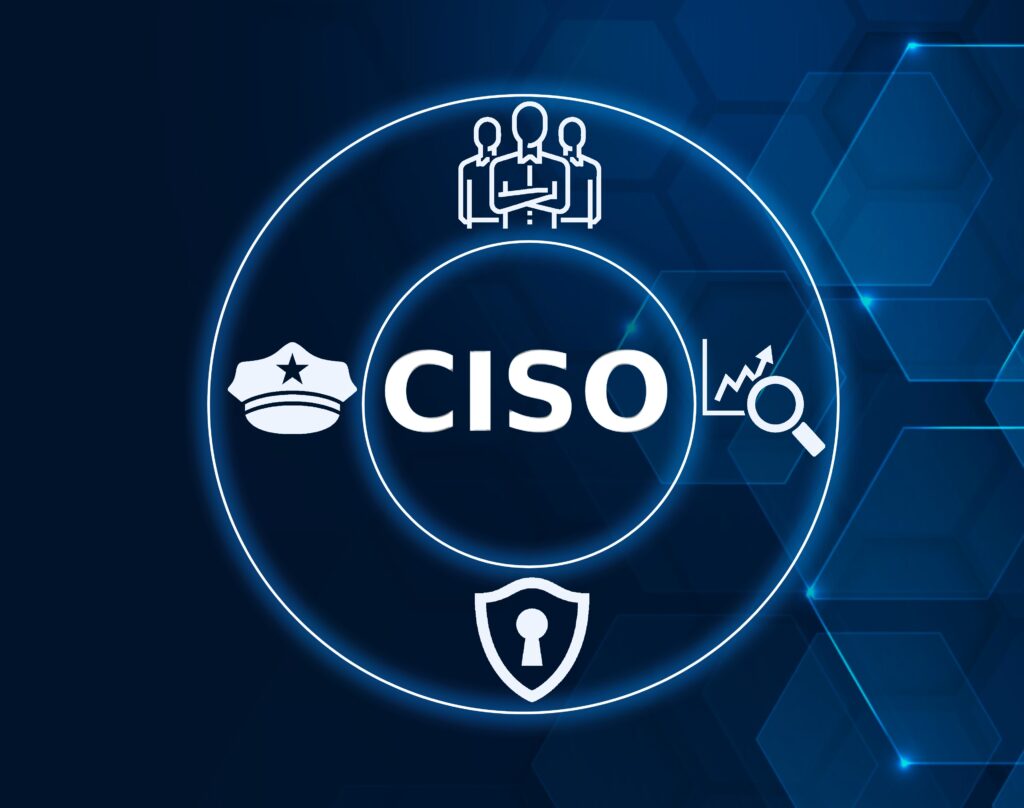In order to improve the flexibility of employee scheduling software and lighten the load on its tech staff, St. Mary’s Hospital is switching from traditional servers to a cloud platform.
The healthcare facility, located in Waterbury, Connecticut, is specifically migrating its internal workforce management applications, which are deployed throughout the organization and used to coordinate a staff of over 2000.
Turning to cloud technology allows the hospital to hand over the majority of setup, patching, and troubleshooting tasks to an external service provider. Although technologists often get anxious that cloud systems might threaten their job security, nursing manager Michelle Godin, RN, says that IT is actually in favor of the transition.
The scheduling and attendance software used by St. Mary’s enhanced efficiency and bolstered the quality of patient care, “but to maximize these benefits,” Godin explains, “our healthcare operation had to maintain different servers that required additional resources and logistical planning” to guarantee high availability.
At a time when tech professionals are stretched particularly thin, the leadership decided that it made more sense to use the ultra-fast virtual machines of the cloud.
The hospital believes it will be able to make better use of its computing budget by moving the infrastructure for employee management to an outside datacenter protected by IT specialists focused exclusively on the software. Both during migration and once a cloud system is active, hospitals want to make sure that critical systems remain operable so that no patients are adversely affected. Cloud providers often have strong redundancies and disaster recovery mechanisms built into their technologies.
One simple and obvious positive resulting from the move is that the administrative environment will be immediately patched as soon as any vulnerabilities are discovered.
“Before the [transition] we were behind in upgrades,” comments Godin, “but moving to cloud services provides us with the ability to review the new releases and move forward in an easier fashion.”
Healthcare-optimized platform-as-a-service (PaaS) also hands over general support responsibilities to the external service provider. In turn, IT operations at the hospital are streamlined, turning from a capital expense (CapEx) to an operating expense (OpEx) equipment model.
In addition to moving from its own servers to the healthcare cloud, Saint Mary’s will have immediate access to a wider range of administrative features, such as workflow stats and patient categorization tools.
The idea is that the hospital will be able to improve the way it does business by looking at the effect of employee parameters on patient care. The facility will have access to immediate information on the numbers of incoming and outgoing patients so that they can accurately gauge when additional personnel are needed.
Cloud growth bolstered by hybrid model
That is just one example of cloud adoption. When you look at the overall market, you can see that cloud is becoming more trusted all the time.
Based on the amount of large businesses that have been seriously considering hybrid architectures – integrations of public and private elements – the cloud computing industry is expected to experience increasingly strong adoption in 2015 and the years ahead.
Research group IDC estimates that spending on cloud computing worldwide (including the establishment of private, public, and hybrid services) will amount to $118 billion. Three years from now, the consultancy forecasts that the market will hit $200 billion. The IDC estimate represents a 23% jump from the $96 billion of revenue generated last year.
Cloud technology is becoming more prevalent as organizations are becoming more convinced that they can get the data precautions and reliability mechanisms they need with the right provider.
“Security remains the number one brake on cloud adoption,” explains Frank Gens of IDC to Computerworld, “but we see more CIOs recognizing that cloud providers offer some of the most secure IT on the planet.”
IT directors and chief executives aren’t turning to the cloud because the Anthem hack convinced them that data protection is a lost cause. In fact, if anything, healthcare decision-makers are especially cautious when reviewing cloud solutions.
The security concerns don’t disappear, says Allan Krans of Technology Business Research. Rather, it’s now easier to find solutions that operate securely and are guarded by strong precautionary measures.
The emergence of hybrid cloud offerings has been of great interest to business is in healthcare wanting to control their costs and maintain HIPAA compliance.
This year, Technology Business Research’s projections for the various types of cloud computing are as follows:
- Public cloud – up 25%
- Private cloud – up 35%
- Hybrid cloud – up 50%.
Although the hybrid stat is impressive, Krans remarks that many companies are conducting their initial testing of hybrid this year.
“You have a lot of customers who will be going form zero to something,” he said, “so there’s a much bigger growth curve.”
Gens concurred that the hybrid cloud will generally boost cloud adoption.
Cloud built for HIPAA compliance
Now that cloud offerings have become more secure and diverse, you can build the system you need, all served through Tier 1 datacenters.
Discover the ClearDATA Healthcare Security and Compliance Platform™.


